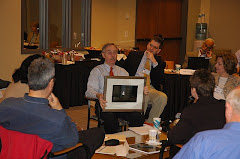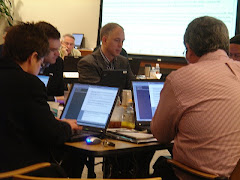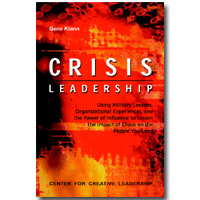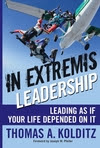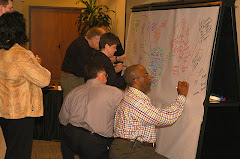
As the saying goes, “It takes a village to raise a child.” Likewise, it just might take a “megacommunity” to effectively manage crises in today’s ever-evolving, increasingly complex and uncertain world. In their book,
Megacommunities: How Leaders of Government, Business and Non-Profits Can Tackle Today’s Global Challenges Together, four executives from the consulting firm Booz Allen Hamilton—Mark Gerencser, Reginald Van Lee, Fernando Napolitano, and Christopher Kelly—propose that the best way to address macro threats is through engaging organizations and leaders in three sectors: government, business, and the public/non-profit realm.
A megacommunity, as the authors describe it, is a community of organizations, not of individuals. Specifically, a megacommunity is “a public sphere in which organizations from three sectors—business, government, and civil society—deliberately join together around compelling issues of mutual importance, following a set of practices and principles that make it easier for them to achieve results without sacrificing their individual goals” (p.53). The book’s main theme is that continually advancing globalization and technology have created a world in which communities are highly interdependent. When disaster strikes, therefore, the most successful responses draw upon numerous organizations for resources and leadership. A working relationship among these otherwise disparate entities is imperative. Hence, the megacommunity is the vehicle through which organizations can unite toward common goals without forcing them to abandon their own identities and goals.
For example, the authors discuss how leaders in Florida, after suffering Hurricane Andrew’s devastating impact, recognized that no single organization could effectively meet the demands of hurricane preparedness and subsequent response. Afterward, officials in Florida engaged a wide range of non-profit groups and businesses in its contingency planning and response preparedness. This new approach was largely successful in responding to subsequent hurricanes, and the authors contrast it sharply with the widely criticized response to Hurricane Katrina in southern Louisiana and Mississippi.
Megacommunities goes on to describe how the megacommunity idea requires a shift in thinking to include building relationships across organizational boundaries while engaging vital stakeholders, sensing common goals among organizations, and initiating a megacommunity after analyzing conditions internal and external to one’s organization. The megacommunity concept has numerous implications for leaders who want to successfully prepare for crises. Leadership in this sense includes a wide range of abilities and actions such as recognizing common values among organizations in other sectors, building the requisite relationships and reputation capital to engage leaders in other organizations, and continually assessing who might be important stakeholders.
As a whole,
Megacommunities is more about steps organizations can take to better address large problems facing themselves and their communities than it is about what organizations should actually do during crises. That being said, however, the notion of the megacommunity is compelling because it stresses the importance of leaders looking beyond their own organizations for mutually beneficial support in addressing large-scale challenges. Each of the three sectors that megacommunities should engage—business, government, and civil society—have unique abilities and perspectives necessary to find the best solutions. And as technology continues to advance, so will global interdependence. What affects one organization, may very well affect many others—making the megacommunity approach viable and necessary.
Megacommunities proposes that we think about our organizations in a more holistic manner, considering them within the broader context of a society with common threats. What types of risks face your organization and organizations in other sectors? A few possibilities come to mind: expansion into new markets, financial crises, natural disasters, pandemic outbreaks, terrorist attacks, cultural conflicts, and information-technology advancement, to name a few.
No longer are our villages, regions, organizations, and countries sustainable without a mindful approach toward mitigating the risks we all face. Building inter-organizational ties within a megacommunity, or simply recognizing and strengthening latent megacommunities around us, appears to be an important step. And at the very least, leaders seeking to successfully manage crises should take heed of the megacommunity concept and consider its implications.
Reference: Gerencser, M., Van Lee, R., Napolitano, F., & Kelly, C. 2008.
Megacommunities: How leaders of government, business and non-profits can tackle today’s global challenges together. New York: Palgrave Macmillan.
 CNN’s Anderson Cooper interviewed Retired General Honoré as he headed from his Georgia home to New Orleans. General Honoré, who was responsible for heading military relief effort during Hurricane Katrina, is also an alumnus of CCL’s Leadership at the Peak program.
CNN’s Anderson Cooper interviewed Retired General Honoré as he headed from his Georgia home to New Orleans. General Honoré, who was responsible for heading military relief effort during Hurricane Katrina, is also an alumnus of CCL’s Leadership at the Peak program. 




